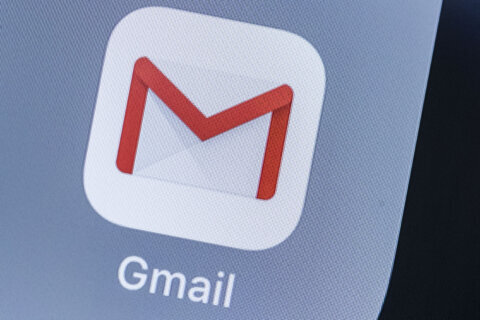Q: If USB-C is a connection standard, what do the expensive cables do for me over the cheap ones?
A: Apple recently announced that they’ve switched the iPhone from their proprietary Lightning connector to the USB-C standard, so Android and iOS smartphones can now use the same cable.
The USB-C connector was introduced back in 2014 primarily to connect accessories to computers with the intent to expand it.
The goal was to create a universal connector that could be used for data, audio, video and power, which is what it is today. One cable that works for everything was the vision, but figuring out which cable you need is the new quandary.
Apple’s reason for switching
While cables and connectors may seem like minor items, it’s estimated that Apple was generating $3 to $5 billion annually from cables and licensing fees to others.
The reason Apple is switching now is because of the European Union’s “Common Charger Directive” that will make it mandatory next year for popular technology devices sold in the EU to use the same charger.
Apple switched to USB-C ports on the iPad in 2018 because it was a superior technology — they just weren’t ready to give up the extra revenue from iPhones using Lightning connectors until they had to.
USB-C can get confusing
Apple sells USB-C cables ranging from $20 to $70, so what’s the difference?
Keeping in mind that USB-C is a type of connector, the technical specifications of the cable you use can be very important for certain uses.
Since it can be used for charging, data transfer, video and audio, the price of the cable can vary widely.
Optimum data transfer speeds require that you determine which USB standard (USB 2.0, 3.2 or 4) is being used by the two devices and match them with a cable that will properly communicate with them for maximum throughput.
A more expensive cable will generally have an electronic marker chip (E-Marker) that is necessary for proper communication in higher-performance situations, such as powering a laptop (which requires a higher wattage than a smartphone) or transferring large amounts of data from an external hard drive to a computer.
If you plan to shoot a lot of 4K video or RAW images on the new iPhone 15 and transfer them to a computer, you’ll want the high-performance cable.
If you’re using the cable to connect a computer or laptop to a video display, you’ll need a cable that supports HDMI or 4K.
While it’s true that expensive, high-performance cables will always work for lower-performing tasks, why spend the money?
Charging only
If your only focus is charging your smartphone, it’s a bit less complicated as your only “research” is to see if your device supports fast charging.
If it doesn’t, or you typically charge it overnight, all the technical “mumbo jumbo” and performance issues are irrelevant.
What becomes important is the length and quality of the cable. Longer cables increase resistance, which reduces charging efficiency, so buy the shortest length necessary.
The Anker brand of replacement cables perform well in testing, get good customer reviews and are reasonably priced.
Ken Colburn is founder and CEO of Data Doctors Computer Services. Ask any tech question on Facebook or Twitter.







